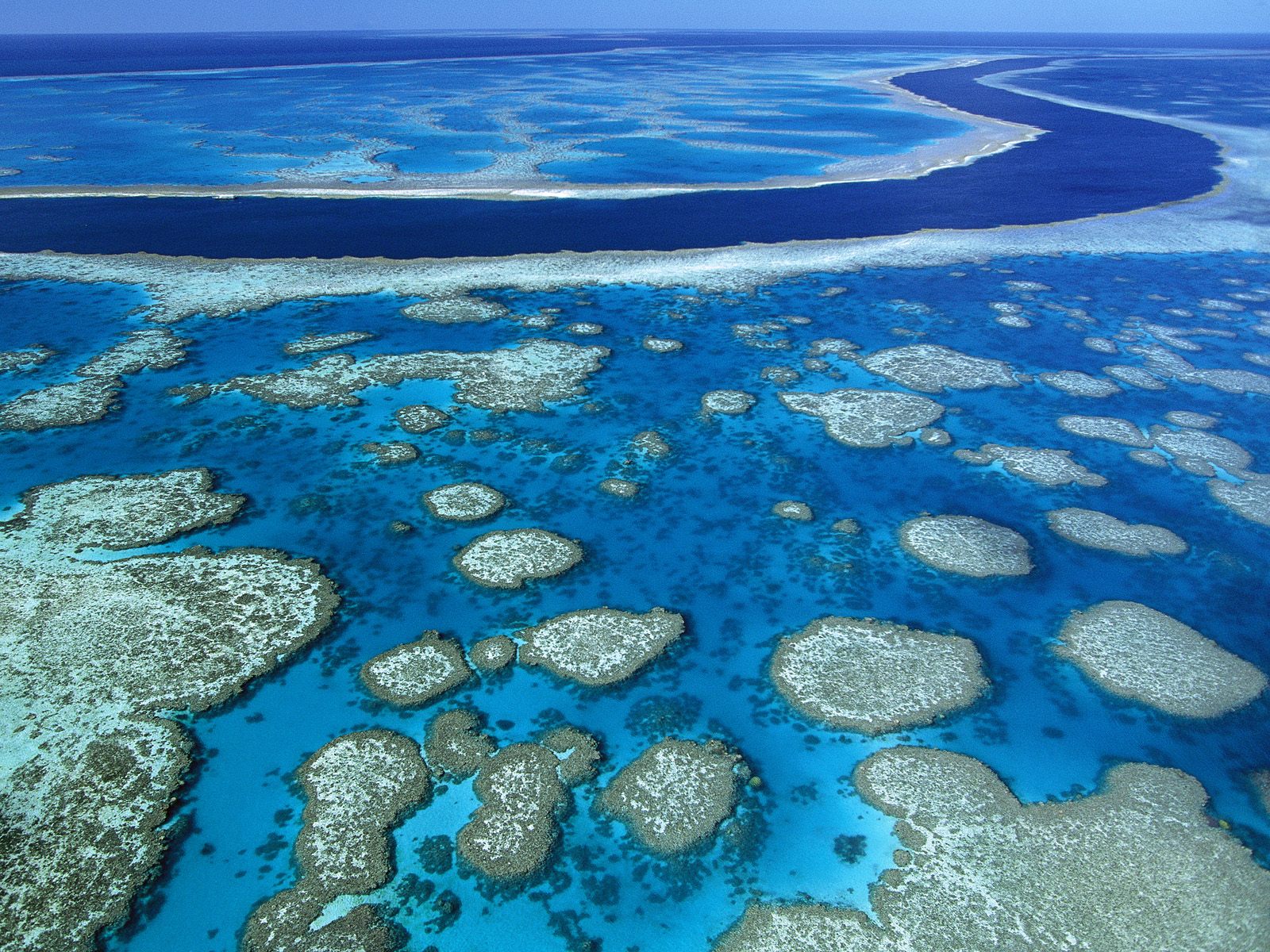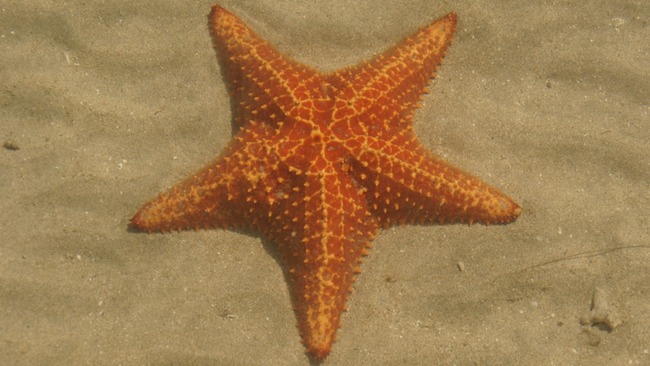We used Queensland as a case study introducing a lesson on coastal environments.
The coast of Queensland is environmentally sensitive, because it combines areas of outstanding natural beauty and important economic activities.
 |
The Great Barrier Reef, that stretches 2300km along the coast. |
 |
Surfers Paradise, on the Gold Coast. Almost 20 millions of tourists visit Queensland each year. |
As these two pictures show, it is at the same time a very natural and a very artifical area, which makes the development and management of these shores very complex.
Lately industry has also developed along the coast, bringing threats such as increased marine traffic, oil spills, coral bleaching...
 |
Abbot Point is becoming one of the largest bulk and coal ports in the world. The activities there include dredging, which is a major threat to biodiversity. |
An increasing number of Australians move to live by the sea, some want to make a living out of it, but many consider that they also need to protect it, in order to maintain this very attractive way of life… and keep selling seashells by the seashore!
This is why sustainable development is central in Queensland’s economic development: the reef is constantly monitored, as the website www.reefbase.org shows:
Besides the government implements new strategies such as ecotourism: "an ecologically sustainable tourism with a primary focus on experiencing natural areas that fosters environmental and cultural understanding, appreciation and conservation", says the non-profit organisation Ecotourism Australia.
On the Australian coast, human activities, development and welfare depend on how the sea is considered: should it only be seen as a source of profit, or as an asset to humanity and biodiversity?












